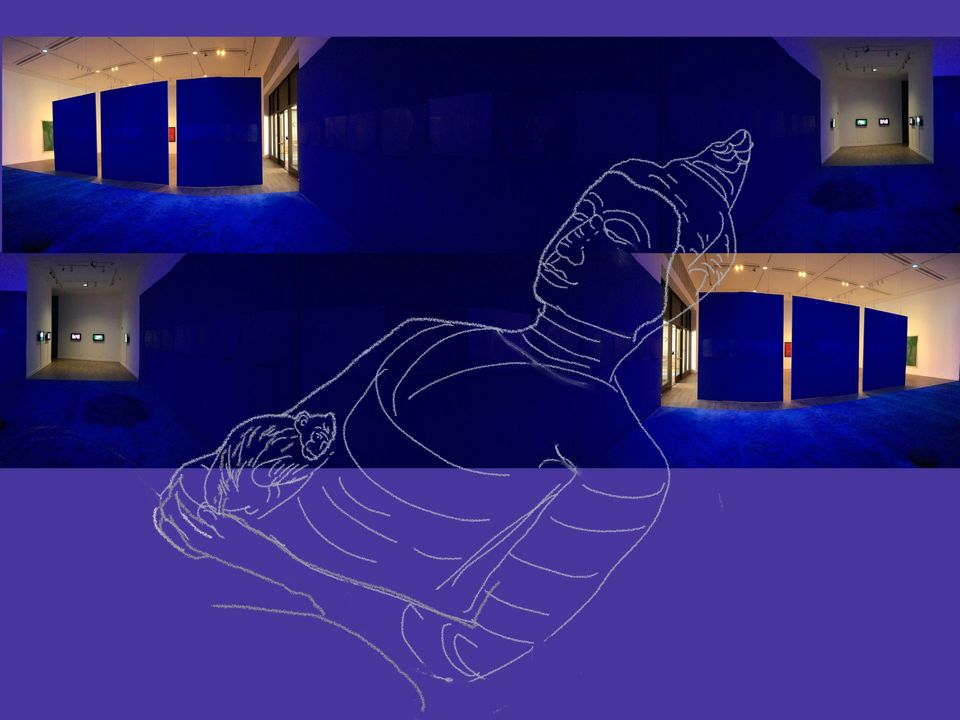Blue

The sun is up with a sky that is sharing patches of blue peeking through the puffy cloud cover. The air seems very still. The light at this moment is like the light at dusk, and the energy can be felt to be moving toward activity rather than settling.
Today is a day of rest and the events in the world continue to roil. The practice of Zazen, helps. The mind can rest, words have no meaning. The body can be in repose and rebuild something of the vital energy we call "life.".
It feels like a day when one can choose peace. No matter what else may be happening in the world, there is a place where confusion and imbalance can be set aside. The color blue matches the mood.
Indigo blue is a color that survives. In the book, The Secret Lives of Color, Kassia St. Clair says of the difficult extracting process: "The result is worth the effort. In addition to the vivid color, indigo ages beautifully, as any denim aficionado worth her Japanese selvage will confirm. It is also the most colorfast of the natural dyes..."
And it's inherent representation of the sacred is reflected in the fact that is used in many cultures in burial rituals, "...Fabric dipped into the chartreuse-hued dye vat changes color upon coming into contact with the air, turning from yellowish green to sea green before settling on a deep, solid blue. Indigo is woven into the burial customs of many different cultures globally, from Peru to Indonesia, Mali to Palestine. Ancient Egyptian dyers began threading thin lines of blue fabric into the edges of their linen mummy cloths from around 2400 B.C..."
Blue. The color indigo is enduring and is known to have travelled across the globe, in times of peace and conflict. Even Mao's "dusty blue" suits were the product of using indigo; and in Tutankhamen's tomb, a state robe among the funerary wardrobe was almost entirely indigo. Once a precious commodity traded at 15 times more than the average daily wage of the days of the Roman Empire, indigo has also been traced to produce the color of the headscarves bestowed when a boy entered manhood among the Taureg tribe in northern Africa. Indigo has been a part of many journeys, many cultures, across the entire world.
And today, it endures in art that emerges as part of the journey to the sacred.
Cobalt, which sits right next to indigo in the color spectrum, has an entirely different secret life. It's story takes one from the conviction of a painter who was suspected of being a Nazi collaborator in Holland, when the faked artwork was discovered to contain a pigment not discovered until 130 years after the purported "original" art produced by Vermeer.
Fascinating. Colors carry so much of the human journey. Blue in particular, seems to bring one to calm, whether cobalt or indigo.